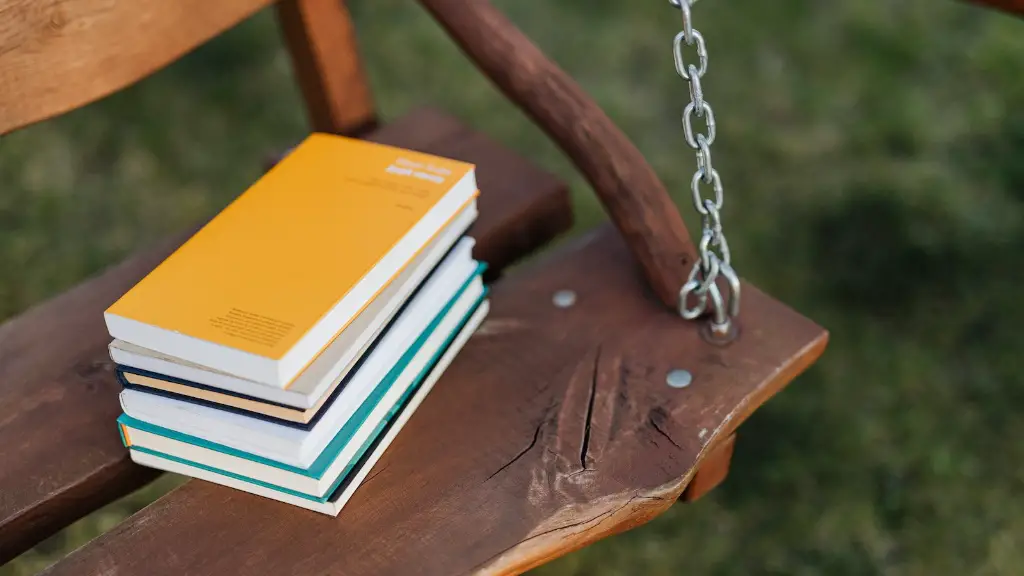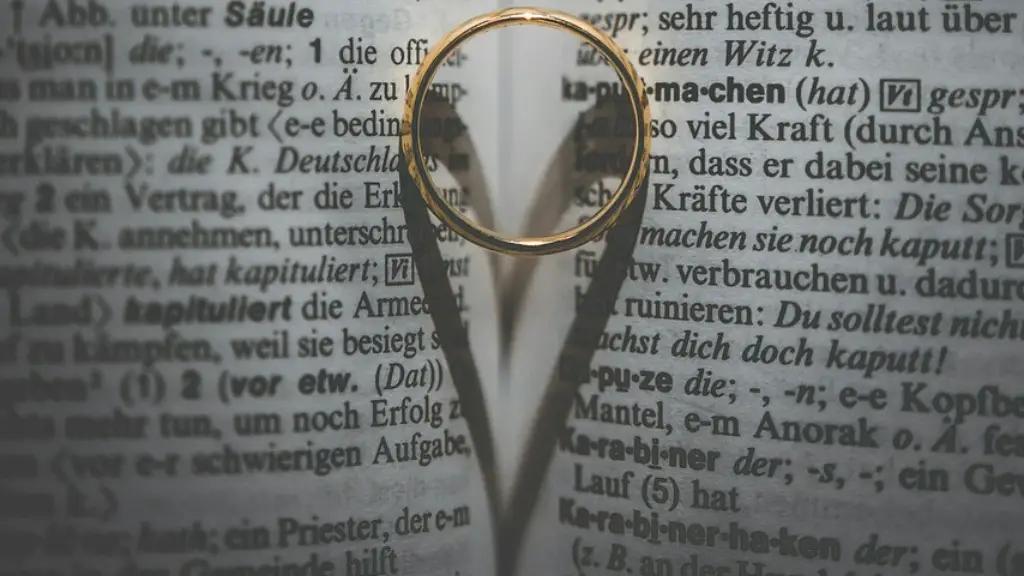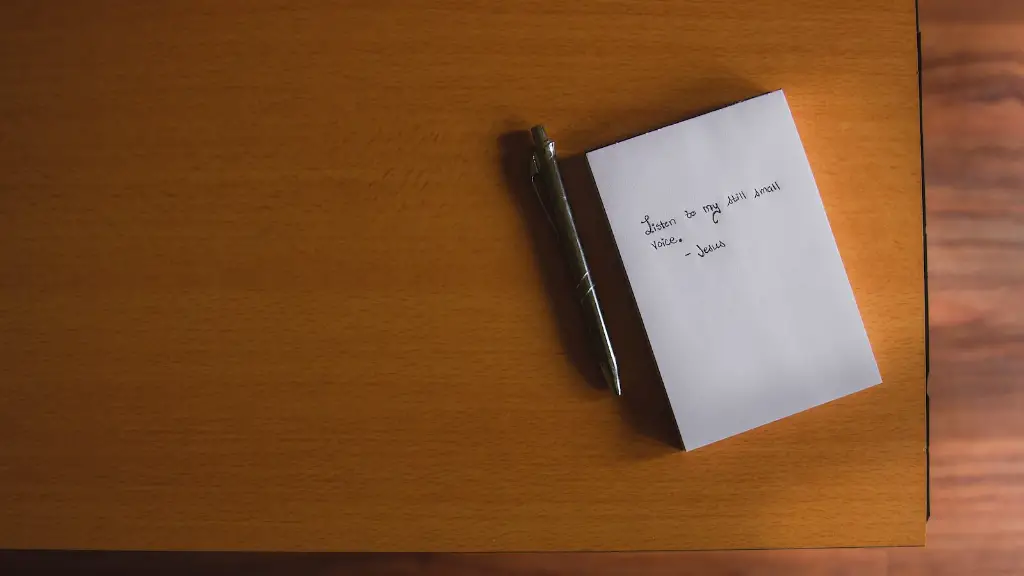Making Language More Poetic
Poetry is an art form that uses language to create beautiful and evocative images. It allows us to share our innermost thoughts and feelings with others. Poetry can be written in a variety of forms, from simple haiku to complex sonnets and everything in between. But what makes poetry so poetic?
The Power of Rhythm
Most forms of poetry have a set rhythm or pattern of syllables, and this can be one of the most powerful tools in a poet’s arsenal. By carefully choosing words that are the same length and have similar sounds, a poet can create an almost musical effect. This adds an emotional and lyrical quality to the poem, which can be very powerful.
A Choice of Rich and Evocative Words
Words are a poet’s greatest weapon, and a poet must choose words that are rich, vivid and evocative. This is easier said than done, as the true power of language lies in subtle nuances and associations. A poet must be aware of the many nuances and possible interpretations of a phrase or word, and use language that is open to interpretation and inviting to the reader.
Telling a Story
Every piece of poetry tells a story, no matter how brief or subtle. Every word, phrase and image contributes to the overall narrative, and a skilled poet can weave a tale that is captivating and memorable. Every poem should have a clear beginning, middle and end, with the elements of the narrative making sense to the reader.
The Use of Imagery
Imagery is at the heart of poetry, allowing the reader to see, hear, smell and feel what the poet sees. By combining vivid language with carefully chosen images, poets can create an emotional landscape in the reader’s mind, making them feel a part of the poem. This is one of the most powerful tools at a poet’s disposal and is essential if the poem is to be meaningful and memorable.
Breaking the Rules
While there are many traditional forms of poetry, such as the sonnet or haiku, a poet must also be prepared to break the rules and explore new ways of writing. While rules can be useful in providing structure and focus, the best poetry often finds new and unique ways of expressing emotion and meaning.
Exploring the Use of Metaphor and Simile
One of the most confusing aspects of poetry for many writers is the use of metaphor and simile. These are two of the most powerful tools in a poet’s toolkit and can be used to great effect in a poem. Metaphor and simile can be used to describe or compare two things or experiences in a vivid and meaningful way.
Exploring Tone in Literature
The mood or tone of a poem can be determined in several ways. It can be set by the subject matter of the poem, or by the use of punctuation and phrasing. For example, an exclamation point can make a statement more urgent, while an ellipsis implies ambiguity or a lack of resolution.
The Use of Literary Devices
Poets often make use of literary devices to explore complex ideas or evoke an emotional response from the reader. These devices can be used to contrast two seemingly opposing ideas or emphasize key words or phrases. Words such as alliteration and assonance add a musical quality to the language, while rhetorical questions can provoke thought and engagement in the reader.
Examining the Role of Structure in Poetry
Poetry has a long and rich history, and as such there are many traditional forms of poetic structure. These can be used to create a strong sense of order in the language, giving the poem a sense of cohesion and focus. Different forms require different approaches, and a skilled poet must be familiar with the many traditional forms and be prepared to experiment with them.
Exploring Abstract Concepts Through Poetry
One of the most powerful aspects of poetry is its ability to tackle abstract concepts and ideas. This can be a difficult task, as it is hard to express complex ideas in language. However, a skilled writer can create powerful images that evoke strong emotions and ideas in the reader. This can be a very effective way of exploring difficult topics and conveying them to a wider audience.
The Use of Symbolism to Create Meaning
Symbolism is one of the most powerful tools that a poet can use. By carefully choosing symbols, a poet can convey deep and complex ideas through imagery. For example, a rose may represent love, or an eagle may represent freedom. By exploring the variety of symbols, a poet can convey a nuanced and compelling message to the reader.
Exploring the Elements of Voice in Poetry
Voice is an integral part of any piece of poetry, as it adds subtle nuances and feelings to the language. By exploring a poet’s use of diction, phrasing and structure, we can begin to understand the emotions and ideas being conveyed. Exploring the use of voice can be an invaluable tool for poets, as it can help to create an intimate relationship between the poet and the reader.
The Art of Allusion in Poetry
Poets often use allusions to evoke different emotions and ideas in the reader. By referring to other works or ideas, a poet can add depth and complexity to their poem without adding too many words. This is a difficult task, as the poet must choose allusions that are meaningful and relevant to their poem.
Connecting with an Audience Through Poetry
The ultimate goal of any piece of poetry is to connect with an audience and convey emotion or ideas. A skilled poet must understand the needs of their audience and be able to craft words that will resonate with them. By understanding the thoughts and feelings of their readers, a poet can create a powerful connection through their words.



